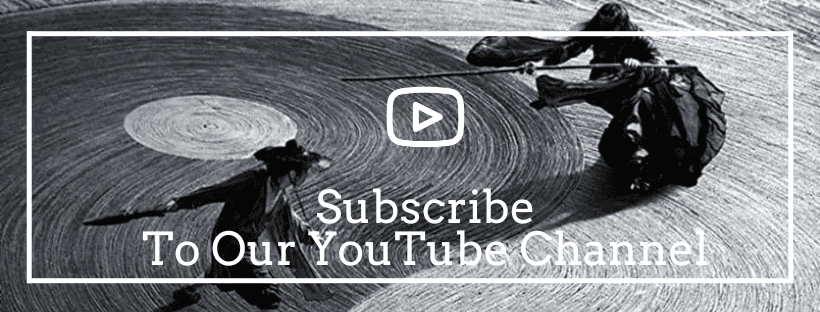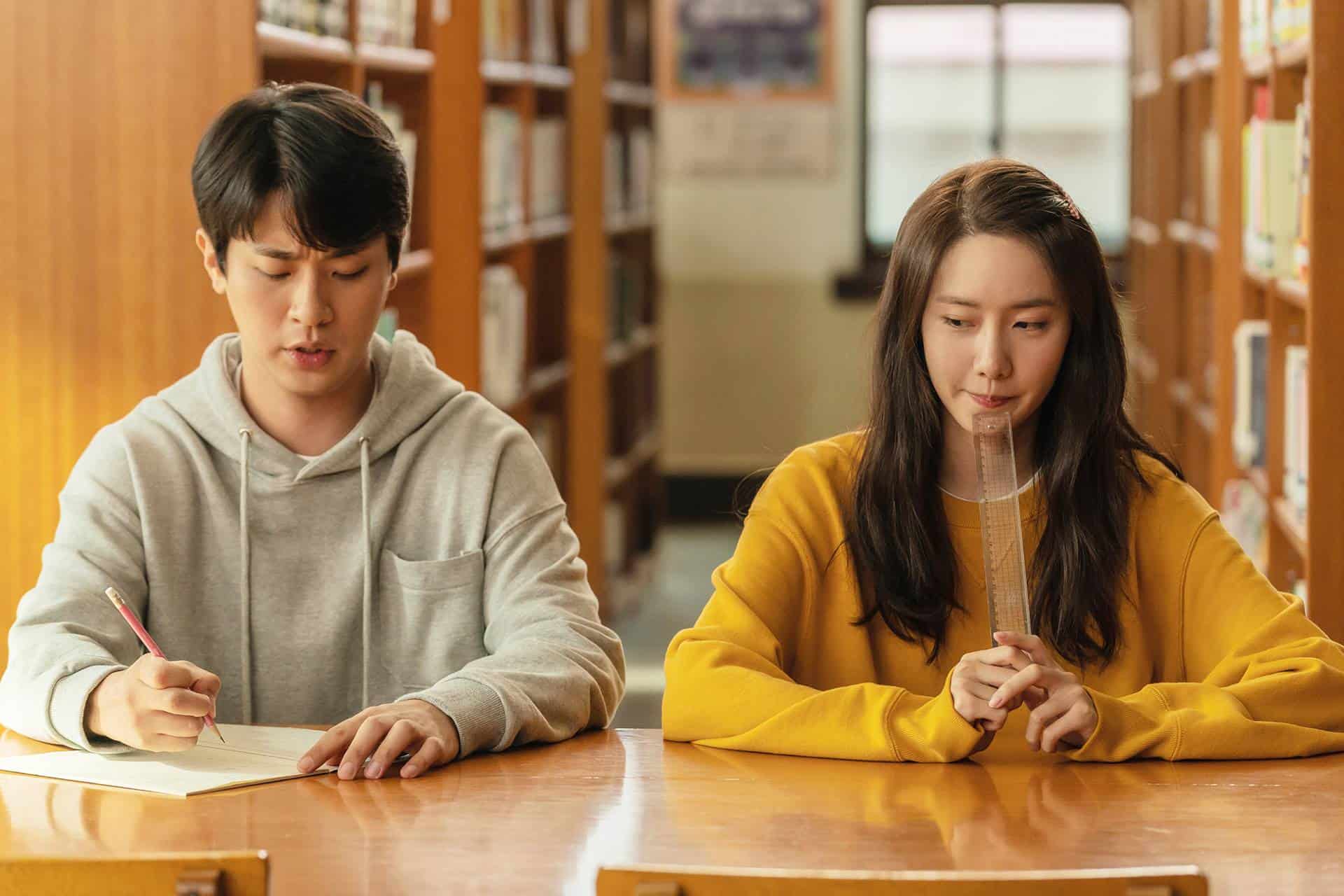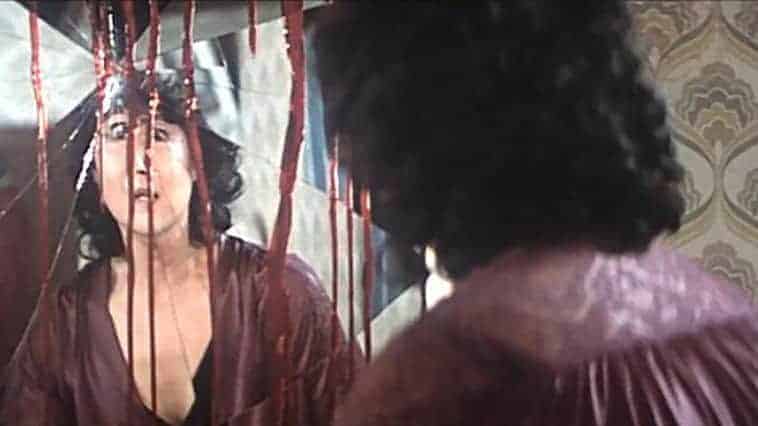Following the financial failure of “Dodes'kaden” and the completion of the Soviet-Japanese feature “Dersu Uzala,” Akira Kurosawa would return to the familiar world of jidaigeki. His samurai epic “Kagemusha” would be a successful return to form, wowing audiences with its striking visuals and compelling story. While experimental with the scope as the director's most ambitious feature at the time was, budget finances were more comfortably assembled than with previous projects. On top of that, the production would also receive additional funds. This other aid was thanks to the help of admirers George Lucas and Francis Ford Coppola, who worked as co-producers, along with international financial support and distribution by 20th Century Fox. At this point, Kurosawa was getting older, yet he was still motivated to create art. A few years later, he would do just that again and went on to release his grand masterpiece “Ran.” The title translates to “Chaos,” fitting considering what occurs in the film.
Buy This Title
on Amazon by clicking on the image below
The movie is based on the tragedy “King Lear” by William Shakespeare. This feature marked Akira Kurosawa's third time adapting a work by Shakespeare. Previously, he made the samurai drama “Throne of Blood,” which is an adaptation of “Macbeth,” and the crime feature “The Bad Sleep Well,” which adapts “Hamlet.” Regardless of the change in setting, culture, and language, the themes and story structure of the original tragedies are retained. “Ran” was, at the time, the most expensive Japanese film production to date. Keep in mind Kurosawa already had a reputation for going over budget with his projects due to his perfectionist nature.
Like his previous work, “Kagemusha,” “Ran” would receive additional international support, this time from France. French film producer Serge Silberman would also help produce the production alongside producers Katsumi Furukawa and Masato Hara. It is worth noting that returning from the production team of Kurosawa's previous feature is filmmaker and friend Ishiro Honda. Here, he would work on the movie as chief assistant director. “Ran” would go on to be both a critical and financial success and is widely regarded as one of the greatest films ever made.
In feudal Japan, Lord Hidetora Ichimonji is now elderly and decides to pass on his power to his three sons, Taro, Jiro, and Saburo, and divide his lands among them. Saburo, however, finds his father's decision-making rash and does not trust his brothers with this newly possessed power. In a fury at his offspring's criticisms, Hidetora banishes Saburo. The aging lord begins to wallow in desolation and sadness, gradually distancing himself from reality and continuing to make drastic decisions. Eventually, he learns his son's premonition is true as the heirs turn on each other, family betrayal transpires, and war breaks out. Hidetora is forced out of power and descends into madness. Much to his horror, he also comes to terms with the atrocities he has committed during his rule. Adding to all this, Lady Kaede, whose family were victims of the aging warlord, desires revenge and will do anything to obtain retribution.
The film is more than two and a half hours of lavish spectacle. Just as commendable as the striking aesthetics is Akira Kurosawa's on-point direction and stellar screenplay written by him along with Hideo Oguni and Masato Ide. “Ran” is a nihilistic rollercoaster of emotions that immerses audiences in a story full of timeless themes, observation of human behavior, and examination of morality. Helping make the narrative all the more engaging are compelling characters, wonderfully brought to life by the stellar cast. The feature confronts the ideas of flawed authority and how greed can turn anyone, including family, on each other. Further adding to these elements, the horrors of war are shown in shocking detail, and the final act greatly emphasizes how no one is spared in times of brutal conflict, capping off with some of the most chilling last shots in all of cinema. Even with the narrative being set in feudal Japan, what occurs here can be compared to many events that have transpired throughout history, from ancient to modern. Much of what happens in “Ran” is similar to what occurred during World War II. Kurosawa's clear frustration towards war is present here, expectedly, considering he was anti-war and critical of many authoritative figures in Japan, including Emperor Hirohito. The movie is a haunting tragedy of how humanity must not continue to destroy itself through extreme measures that can result in irreparable damage.
The film is brilliantly acted and features an outstanding performance by Tatsuya Nakadai, who does an excellent job as Lord Hidetora Ichimonji, the movie's equivalent to King Lear. He is also almost unrecognizable here, thanks to the superb work of the makeup department. Nakadai brings a wide range of emotions to the part, and as is typical of the actor, he wonderfully conveys so many feelings through his eyes and expressive features. His journey is unforgettable as he goes from being a powerful leader to a broken-down madman who is forced to confront his wrongdoings. Mieko Harada, as Lady Kaede, gives an equally fantastic performance as she goes to great lengths to succeed in her desire for retribution. Effectively contrasting Kaede's eccentric motivations is the gentle nature of Lady Sue, who, despite the wrongs Hidetora has done her, seeks to express love in an otherwise dark world, perfectly captured by Yoshiko Miyazaki's calming portrayal. The three sons are also superbly played, with Akira Terao as Taro and Jinpachi Nezu as Jiro being effectively despicable. In contrast, Daisuke Ryu succeeds in being the voice of reason as Saburo, and his humanity is touching. There's also the fool Kyoami, played by Peter, who is funny in the first half but also gets to shine dramatically as the narrative progresses, going from being a royal entertainer to witnessing a man's mental state crumble. Other actors who appear, such as Mansai Nomura, Hisashi Igawa, and Masayuki Yui, are also terrific.
The epic scope of “Ran” is truly mesmerizing. The set pieces and costume design are beautiful, and the cinematography by Asakazu Nakai, Takao Saito, and Shoji Ueda is outstanding. Much like with his prior work, “Kagemusha,” Akira Kurosawa makes great use of color, which is impressive considering that his vision had greatly deteriorated by this point. The film is also rich in atmosphere and has terrific editing. In addition, the picture does a great job blending naturalistic presentation with aspects of traditional Japanese theatre. Also, Toru Takemitsu's music score for the movie is excellent.
The battle sequences are incredible, with this time Kurosawa going more all out with them in full display compared to the more experimental execution of big action sequences in his previous samurai feature. The film is also extremely violent and brutal. One notable shocking and brilliantly executed scene is when a vicious assault is launched on one of Lord Hidetori Ichimonji's castles by two of his sons, Taro and Jiro, who have betrayed him. The scene, while disturbing, is also absolutely mesmerizing; one can only imagine how difficult it was to stage.
“Ran” is a brilliant film and another crowning achievement of a director with a long list of cinematic accomplishments. When he made this picture, Akira Kurosawa was in his 70s but was still just as artistically motivated as he was early on. Audiences will surely be blown away by the mesmerizing scope that is not often seen to this degree in Japanese filmmaking. Beyond that, viewers will be captivated by the feature's emotional storytelling and complex themes. For his final time adapting a work by William Shakespeare and directing a samurai epic, Kurosawa did not disappoint.

















